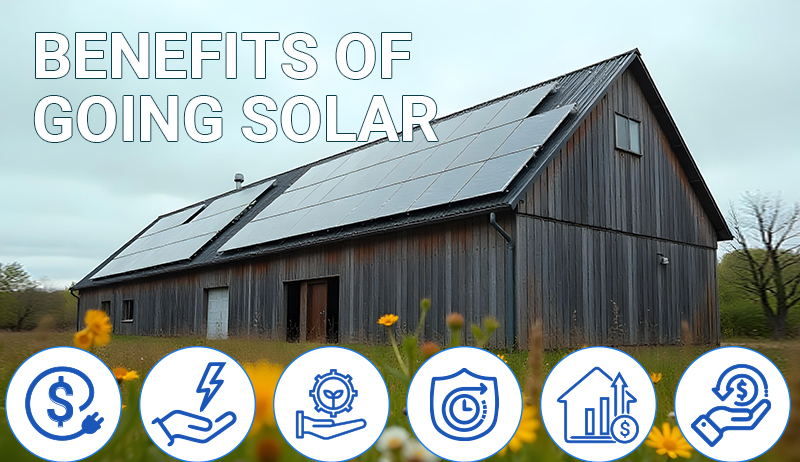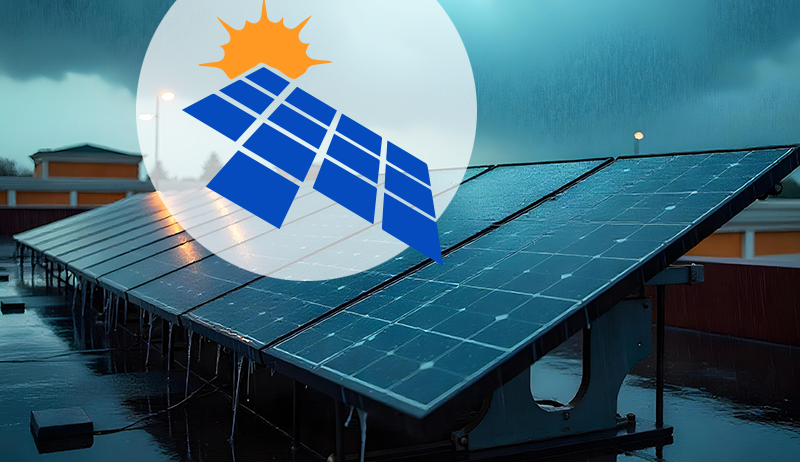Astral Projection: Exploring the Out-of-Body Experience
Astral projection, also known as astral travel, is a fascinating concept that has captured imaginations for centuries.
It refers to the intentional separation of consciousness from the physical body, allowing the individual to travel in a non-corporeal form. While the existence of astral projection remains unproven by scientific research, it holds significant meaning in spiritual and esoteric traditions.
Understanding the Concept:
Central to the idea of astral projection is the belief in a subtle body, often called the astral body or body of light. This non-physical form is said to be tethered to the physical body by an energetic cord and is believed to be the vehicle for consciousness during astral travel. Proponents believe that during astral projection, the astral body detaches from the physical body, allowing the individual to perceive and interact with the astral plane, a separate dimension of existence.
Perspectives on Astral Projection:
There are two main ways to view astral projection:
- Spiritual: In spiritual traditions, astral projection is seen as a way to access higher planes of consciousness, gain insights into past lives or the afterlife, and connect with other beings or dimensions. It is often associated with concepts like self-discovery, enlightenment, and spiritual growth.
- Scientific: From a scientific perspective, astral projection is not recognized as a real phenomenon. Instead, reported experiences are often attributed to factors like sleep paralysis, hypnagogic or hypnopompic hallucinations (occurring during the state of falling asleep or waking up), or other psychological phenomena.
Exploring Astral Projection:
While there is no scientific evidence to support the existence of astral projection, some individuals attempt to induce the experience through various techniques. These often involve relaxation methods, meditation, visualization exercises, and specific body postures. It is important to approach such practices with caution and be aware of potential risks, such as sleep disturbances or psychological distress.
Remember:
It is crucial to remember that astral projection remains a controversial topic. If you are interested in exploring this concept further, it is essential to approach it with an open mind but also with a critical and skeptical perspective. Consulting with a healthcare professional before attempting any practices related to astral projection is highly recommended.
Astral Projection: A Scientific Perspective
From a purely scientific standpoint, astral projection is not a recognized phenomenon. There is no scientific evidence to support the existence of a “subtle body” or “astral plane” as described in the concept.
Here’s a breakdown of how science approaches reported experiences of astral projection:
Alternative Explanations:
Scientists offer alternative explanations for these experiences, often attributing them to:
- Sleep Paralysis: This is a state where you are awake but unable to move your body, often accompanied by hallucinations. It can be a very real and frightening experience, but it has a well-understood physiological explanation.
- Hypnagogic and Hypnopompic Hallucinations: These are vivid hallucinations that occur during the transition between wakefulness and sleep (hypnagogic) or sleep and wakefulness (hypnopompic). They can be very detailed and realistic, leading some to believe they are experiencing something beyond the physical world.
- Psychological factors: Stress, anxiety, and certain medications can also influence brain activity and contribute to unusual experiences, including hallucinations and feelings of detachment from the body.
The Role of the Brain:
The brain is incredibly complex and capable of producing a wide range of experiences, including those that can feel very real but are not grounded in physical reality. Studies in neuroscience suggest that certain areas of the brain might be involved in creating the sensations associated with astral projection, such as:
- The vestibular system: This system plays a role in balance and spatial orientation. It is possible that disruptions in this system could contribute to feelings of disorientation and detachment from the body.
- The temporoparietal junction (TPJ): This area is involved in integrating sensory information and self-awareness. Some scientists believe that activity in the TPJ might be linked to out-of-body experiences.
Further Research:
While there is no current scientific validation of astral projection, research on altered states of consciousness and the brain continues to evolve. Future scientific exploration may shed more light on the neurological mechanisms underlying these experiences.
While the concept of astral projection is intriguing, it is important to remember that it lacks scientific support. If you are interested in learning more about this topic, it is crucial to approach it with a critical and skeptical perspective, acknowledging the scientific explanations for such experiences.
Astral Projection: It is Natural?
The concept of astral projection being natural is a complex issue with perspectives from both spiritual/esoteric and scientific viewpoints:
Spiritual/Esoteric Viewpoint:
In spiritual and esoteric traditions, the belief is that astral projection is inherent in humans.
- Proponents often cite:
- Spontaneous occurrences: Some individuals report spontaneous out-of-body experiences that they interpret as astral projection, leading them to believe it’s a natural human potential.
- Historical references: Mention of similar experiences in various cultures and throughout history lends a sense of universality and potential naturalness.
- Belief in the “subtle body”: The idea of an energetic counterpart to the physical body, which some believe can detach and travel, suggests a natural aspect to astral projection.
Scientific Viewpoint:
Science does not recognize astral projection as a natural phenomenon due to the lack of evidence for its existence.
- Scientific explanations: Scientists offer alternative explanations for reported experiences, attributing them to:
- Sleep paralysis, hypnagogic/hypnopompic hallucinations, or other psychological factors. These explain the sensations without needing to posit the existence of an astral plane or body.
- The complexity of the brain and its ability to generate experiences not grounded in reality.
- No scientific proof: There is no scientific evidence to support the existence of a “subtle body” or “astral plane,” leaving the concept outside the realm of scientific understanding of the natural world.
Whether astral projection is natural or not is a matter of individual belief and interpretation.
- From a scientific perspective, it’s not considered natural based on the lack of evidence.
- However, spiritual and esoteric traditions hold the belief that it’s a natural human potential.
It’s important to be aware of both perspectives and approach the topic with a critical and open mind.
The Conclusion of Astral Projection
Astral projection, shrouded in mystery and intrigue, offers no definitive conclusion. Instead, it presents two contrasting perspectives:
From a scientific viewpoint:
- Lack of evidence: There is no scientific evidence to support the existence of an “astral plane” or “subtle body,” the core elements of astral projection.
- Alternative explanations: Scientifically, reported experiences are often attributed to sleep paralysis, hypnagogic/hypnopompic hallucinations, or other psychological phenomena.
From a spiritual/esoteric viewpoint:
- Spiritual significance: Astral projection is seen as a path to self-discovery, enlightenment, and connecting with other dimensions of existence.
- Historical and personal accounts: References in various cultures and personal experiences of individuals fuel the belief in its potential reality.
Therefore, the conclusion remains open-ended.
While science currently doesn’t acknowledge it, the possibility of astral projection existing beyond the realm of scientific understanding resonates with some individuals.
Ultimately, the decision to believe in or explore astral projection is a personal one. Regardless of your stance, approaching the topic with an open mind and critical thinking is crucial.
https://www.exaputra.com/2024/02/astral-projection-exploring-out-of-body.html
Renewable Energy
Doing What’s “Right” Is More Controversial than it Seems
 Some of us are looking for a single, simple statement to encapsulate what is going so wrong in America today, and perhaps it relates to what Aristotle says at left here.
Some of us are looking for a single, simple statement to encapsulate what is going so wrong in America today, and perhaps it relates to what Aristotle says at left here.
Even the MAGA folks think that what they’re doing is “right.” By this I mean white supremacy, mass deportation of immigrants (with or without due process), the rejection of science, and so forth.
Renewable Energy
Trump’s Agenda Is Even Far-Reaching Than People May Think
 As Trump’s former lawyer Ty Cobb says at left, in addition to turning the United Stated into an autocratic regime, at the same time, Trump needs to alter history such that future generations don’t think he did anything wrong.
As Trump’s former lawyer Ty Cobb says at left, in addition to turning the United Stated into an autocratic regime, at the same time, Trump needs to alter history such that future generations don’t think he did anything wrong.
Yes, he has his hands full, but he’s assisted by hundreds of traitors in congress, and hundreds of millions of hateful morons in the U.S. electorate.
Renewable Energy
Victoria’s VEU Scheme Introduces New Solar Incentives for C&I Properties
-
Climate Change2 years ago
Spanish-language misinformation on renewable energy spreads online, report shows
-
Climate Change Videos2 years ago
The toxic gas flares fuelling Nigeria’s climate change – BBC News
-
Climate Change2 months ago
Guest post: Why China is still building new coal – and when it might stop
-

 Greenhouse Gases1 year ago
Greenhouse Gases1 year ago嘉宾来稿:满足中国增长的用电需求 光伏加储能“比新建煤电更实惠”
-

 Climate Change1 year ago
Climate Change1 year ago嘉宾来稿:满足中国增长的用电需求 光伏加储能“比新建煤电更实惠”
-
Greenhouse Gases2 months ago
Guest post: Why China is still building new coal – and when it might stop
-

 Carbon Footprint1 year ago
Carbon Footprint1 year agoUS SEC’s Climate Disclosure Rules Spur Renewed Interest in Carbon Credits
-
Renewable Energy3 months ago
US Grid Strain, Possible Allete Sale

















